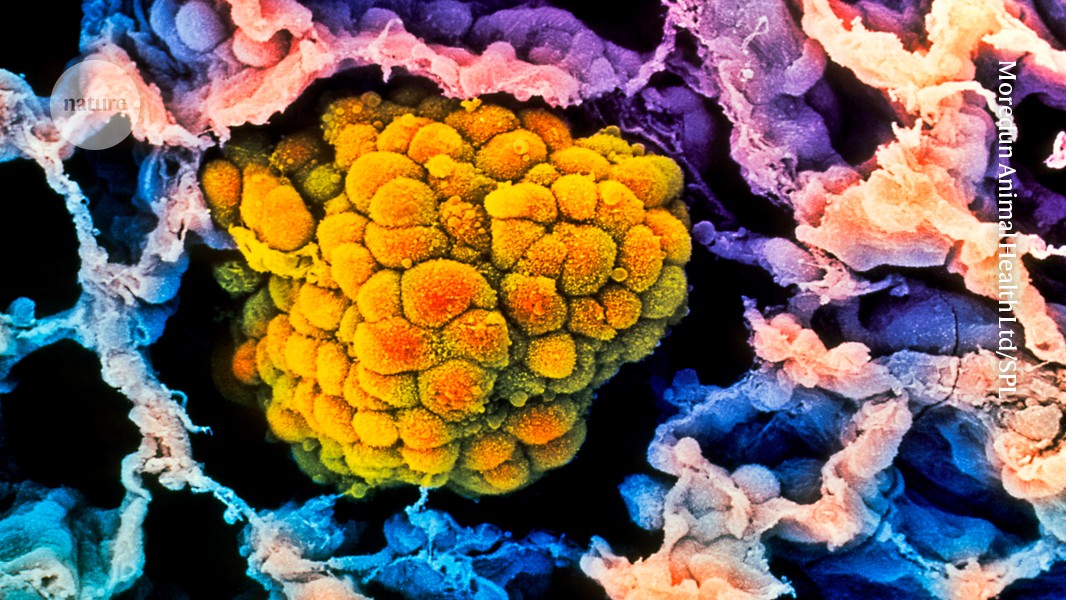
In recent years, the global burden of cancer has been on the rise, affecting low-income and middle-income countries more severely than high-income countries. This is due in part to reduced national expenditure on health in some countries, which has led to backlogs in patient care during the COVID-19 pandemic. Real-world data from population-based cancer registries can provide valuable insights into the impact of delays in access to care on stage at diagnosis, stage-specific survival, and mortality rates. This information is crucial for devising effective strategies to combat cancer worldwide.
Cancer deaths have actually decreased by nearly one-third since 1991, according to the American Cancer Society. Testicular and breast cancer five-year survival rates have also significantly improved over time. These improvements can be attributed to medical advances and changes in treatment methods, as well as individual efforts to reduce cancer risk through lifestyle modifications such as not smoking, maintaining a healthy diet, exercising regularly, and using sunscreen.
Despite these positive developments, cancer phobia remains prevalent. This fear is partly fueled by prominent cases of individuals like King Charles, Princess Catherine, and actress Olivia Munn. Additionally, discussions about cancer have become more open and commonplace in society, which has led to a decrease in stigma but also an increase in fear. People often worry about the side effects of treatment, pain and suffering associated with cancer, as well as the potential for recurrence or complications such as impotence and infertility.
Recent studies have shown that aging can alter the environment in which cancer cells live, making it less conducive to tumor growth. In
One such factor is iron metabolism. A protein called NUPR1, which affects iron metabolism, is produced in greater quantities in lung tissue from individuals over the age of 80 compared to those under the age of 55. In older mice, inactivating the Nupr1 gene led to higher levels of iron in their lungs, making them more susceptible to tumors. These findings indicate that there may be a link between iron metabolism and cancer risk in older individuals.
In conclusion, while the global burden of cancer continues to rise, particularly in low-income and middle-income countries, there have been significant advancements in treatment methods and survival rates for various types of cancer. Despite this progress, cancer phobia remains a prevalent issue. Understanding the biological factors that contribute to the decline in cancer risk with age may help to develop more effective strategies for combating this disease and alleviating fear-based concerns surrounding it.

